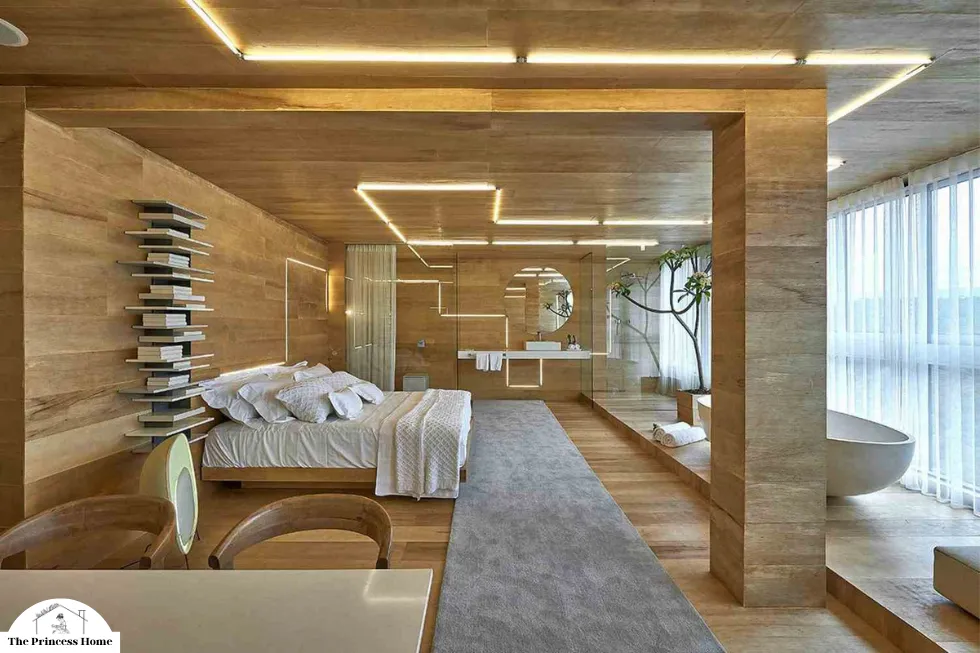
Color perception is a fundamental aspect of human experience, shaping how we interpret and interact with the world around us. Our ability to perceive colors is influenced by a multitude of factors, with light being perhaps the most significant. Natural light from the sun and artificial light sources both play crucial roles in shaping our perception of colors, impacting everything from our mood and productivity to our aesthetic preferences and even our health. Understanding the intricate relationship between natural and artificial light is essential for appreciating the complexity of color perception and harnessing its power in various aspects of our lives.

The Role of Natural Light:
Natural light, primarily sourced from the sun, is a dynamic and ever-changing phenomenon that illuminates our environment in a spectrum of hues throughout the day. The color temperature of natural light varies depending on factors such as time of day, weather conditions, and geographical location. In the morning and evening, when the sun is closer to the horizon, natural light tends to have warmer tones, characterized by soft yellows and oranges. Conversely, during midday when the sun is at its zenith, natural light appears cooler, with blue hues dominating the spectrum.
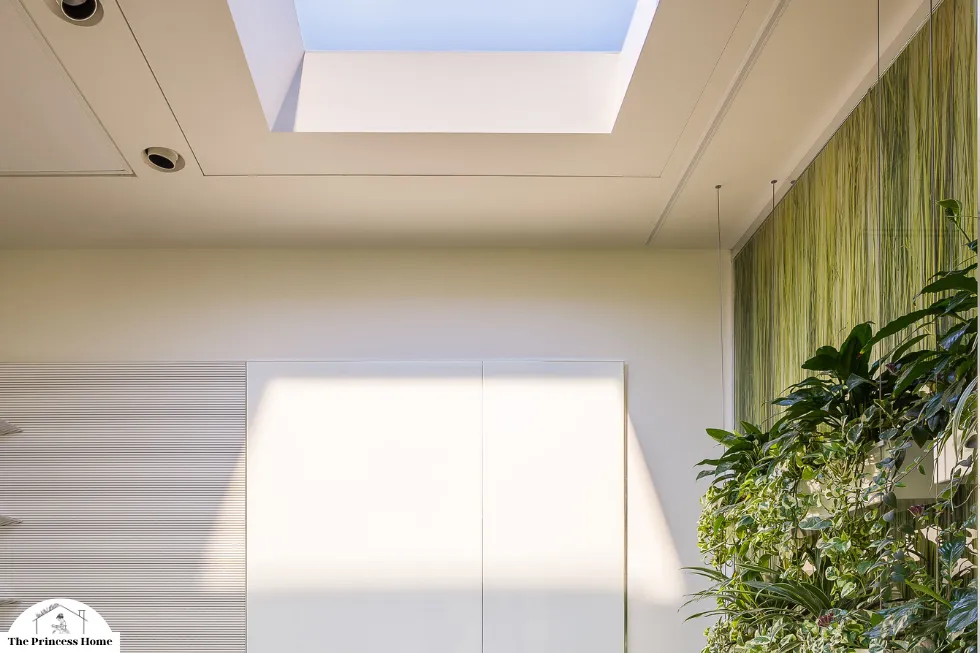
One of the most significant advantages of natural light is its ability to render colors with remarkable clarity and accuracy. Sunlight contains a balanced distribution of wavelengths across the visible spectrum, allowing us to perceive colors in their truest form. This fidelity in color rendition is particularly important in tasks that require accurate color discrimination, such as art, design, and visual communication.

Moreover, researchers have linked exposure to natural light with various health benefits, including improved mood, increased productivity, and better sleep quality. Sunlight stimulates the production of serotonin, a neurotransmitter associated with feelings of happiness and well-being, while also regulating the body’s circadian rhythm, which governs the sleep-wake cycle. Consequently, environments bathed in natural light often evoke a sense of vitality and vitality.
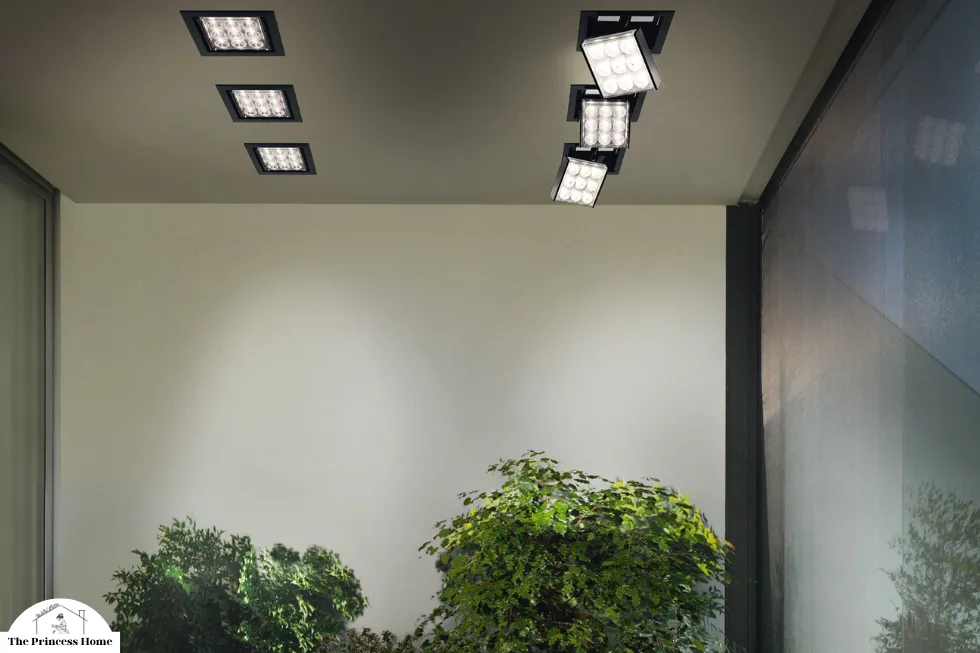
Artificial Light:
Enhancing Environments and Shaping Perception
Artificial light sources, ranging from incandescent and fluorescent bulbs to modern LED technologies, have become ubiquitous in both residential and commercial settings. While artificial light lacks the dynamic qualities of natural light, it offers unparalleled control and versatility in illuminating indoor spaces.
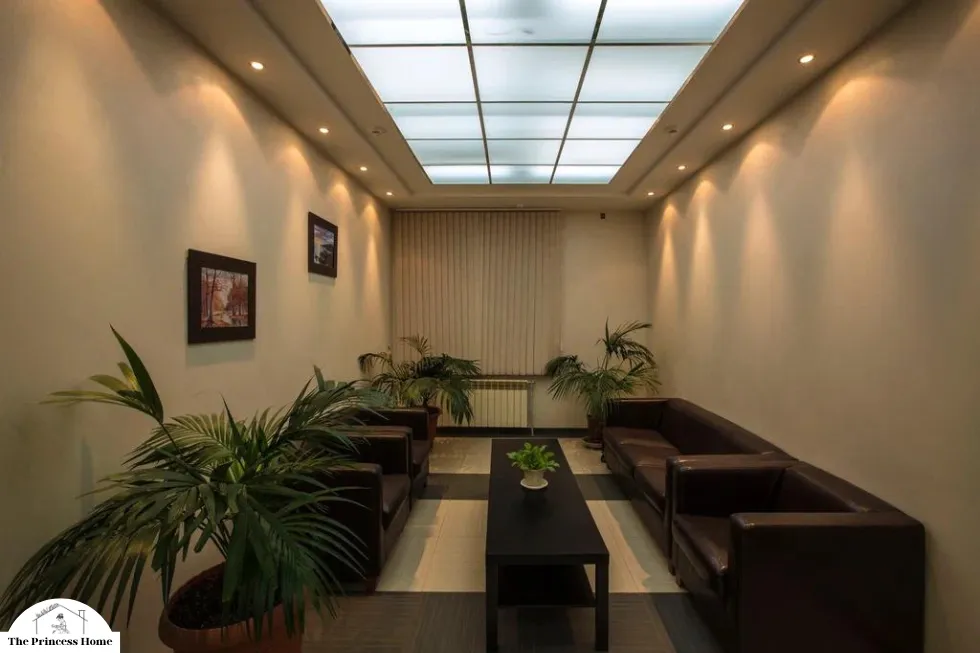
One of the primary advantages of artificial light is its ability to provide consistent and controllable illumination regardless of external conditions. Unlike natural light, which fluctuates in intensity and color temperature throughout the day, people can tailor artificial light to suit specific needs and preferences. By adjusting factors such as color temperature, brightness, and directionality, designers and architects can create environments that evoke particular moods or serve functional purposes.

The impact of artificial light on color perception is profound, as different light sources can alter the appearance of colors significantly. For instance, warm-toned incandescent bulbs tend to enhance reds and yellows while muting blues and greens, creating a cozy and intimate atmosphere. In contrast, cooler fluorescent or LED lights can intensify blues and greens while toning down warmer hues, imparting a more modern and clinical feel to a space.

Furthermore, advancements in LED technology have led to the development of tunable white lighting systems, which allow users to adjust both the color temperature and intensity of light dynamically. This capability not only mimics the natural variations in daylight but also enables users to tailor lighting conditions to suit specific activities or preferences. For instance, people may prefer warmer color temperatures for relaxing or intimate settings, while cooler temperatures may be more suitable for tasks requiring focus and concentration.

The Interaction Between Natural &Artificial Light:
While natural and artificial light sources each have their distinct characteristics and advantages, their interaction within a given environment can produce nuanced and visually rich experiences. Architects and designers often leverage this interplay between natural and artificial light to create spaces that are both visually striking and functional.
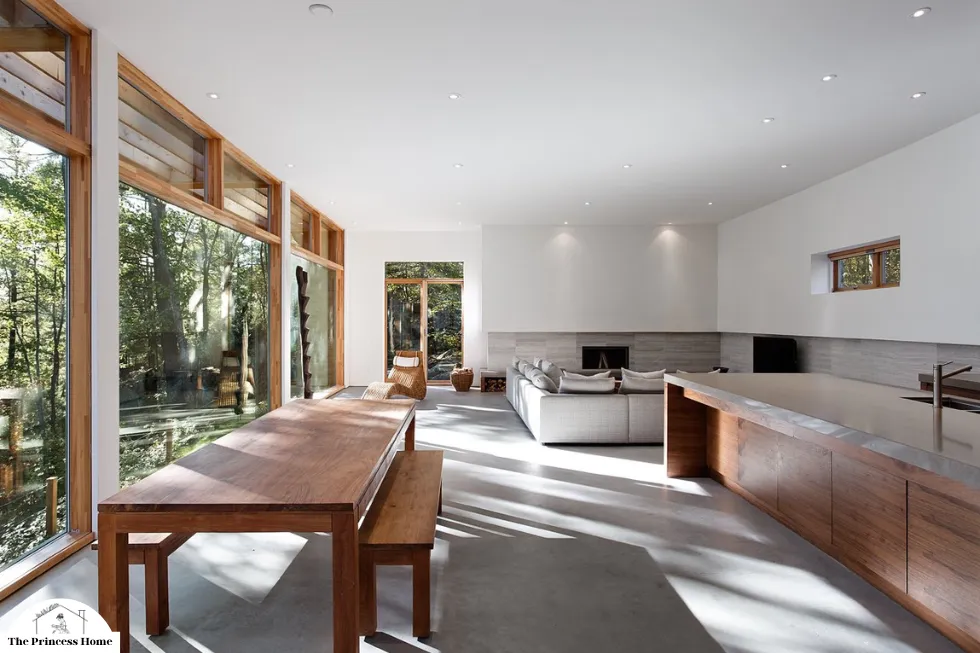
Daylighting, the strategic integration of natural light into architectural design, is a prime example of how natural and artificial light can complement each other. By incorporating features such as skylights, windows, and light wells, designers can maximize the penetration of natural light into interior spaces, reducing the reliance on artificial lighting during the day. This not only reduces energy consumption but also enhances occupants’ connection to the outdoors and promotes a sense of well-being.

Moreover, the careful selection and placement of artificial light sources can supplement natural light and compensate for its absence or inadequacy. In spaces where access to natural light is limited, such as basements or interior rooms, artificial lighting becomes essential for maintaining visual comfort and functionality. By mimicking the qualities of natural light, such as color temperature and spectral distribution, artificial lighting can create a sense of continuity and harmony with the surrounding environment.

Color Rendering and Perception:
The ability of light to influence color perception is a result of complex physiological and psychological processes within the human visual system. When light strikes an object, it absorbs certain wavelengths and reflects others, thus creating the perception of color. Various factors, including the object’s surface properties, the angle of illumination, and the spectral composition of the light source, determine how these wavelengths absorb and reflect.

Color rendering index (CRI) is a quantitative measure of a light source’s ability to accurately reproduce the colors of objects compared to a reference light source, typically daylight or an incandescent bulb. Light sources with higher CRI values are generally considered to render colors more faithfully and are preferred in applications where color accuracy is critical, such as in art galleries, retail displays, and photography studios.
However, color perception is not solely determined by the characteristics of the light source; contextual factors and individual differences also play significant roles. The surrounding environment, including the colors of adjacent objects and the overall lighting design, can influence how we perceive the colors of a particular object. Additionally, factors such as age, gender, and cultural background can influence individuals’ color preferences and interpretations.
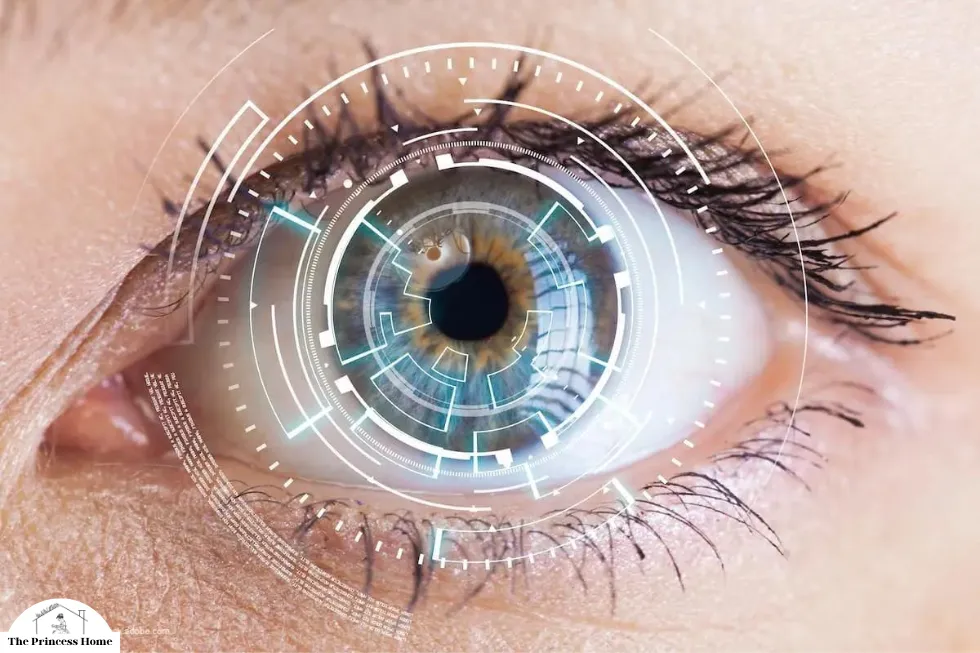
The Psychological Impact of Light:
Beyond its practical implications for visual tasks, light also exerts a profound psychological influence on human perception and behavior. Different qualities of light, such as brightness, color temperature, and directionality, can evoke specific emotional responses and shape our subjective experiences of space.
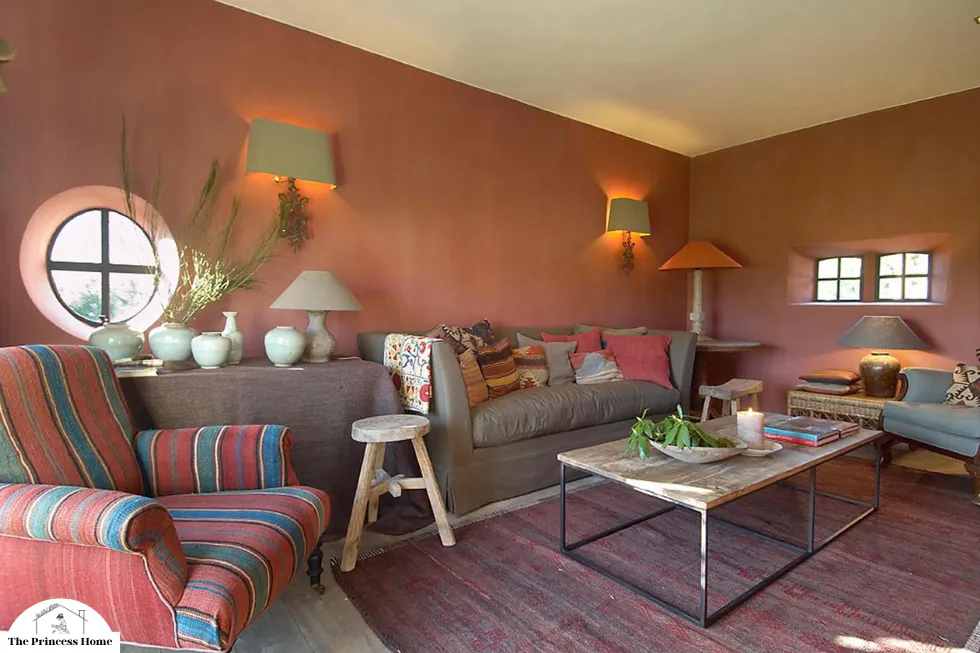
For example, warm, dimly lit environments are often associated with feelings of comfort, intimacy, and relaxation, making them conducive to socializing or unwinding after a long day. In contrast, brightly illuminated spaces with cooler color temperatures may promote alertness, focus, and productivity, making them ideal for tasks requiring concentration or attention to detail.
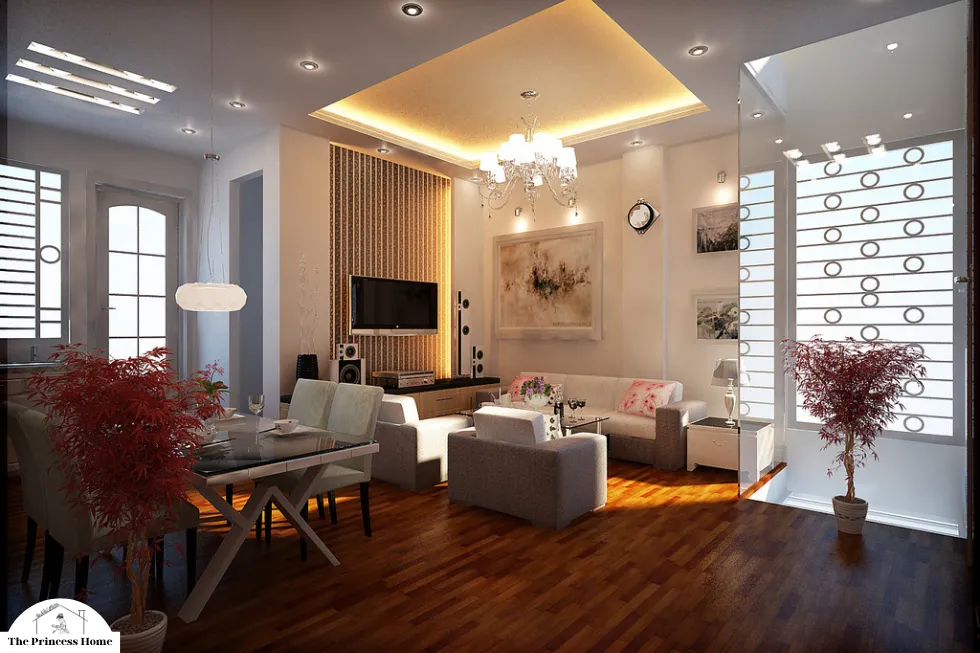
Furthermore, the aesthetic appeal of a space is heavily influenced by its lighting design, with light serving as a powerful tool for creating atmosphere, highlighting architectural features, and guiding the viewer’s gaze. Whether it’s the dramatic play of light and shadow in a Gothic cathedral or the subtle interplay of colors in a contemporary art installation, lighting can transform our perception of space and elevate the sensory experience.
Conclusion:
In conclusion, the interplay between natural and artificial light is integral to our perception of color and the visual environment. While natural light provides clarity, dynamism, and a connection to the outdoors, artificial light offers control, consistency, and adaptability.
FAQs Related to the Importance of Natural and Artificial Light in Color Perception:
1. How does natural light affect color perception?
Natural light, particularly sunlight, plays a crucial role in color perception by providing a balanced spectrum of wavelengths across the visible spectrum. This allows us to perceive colors with remarkable clarity and accuracy, as natural light renders colors in their truest form. Additionally, the dynamic nature of natural light, with its variations in intensity and color temperature throughout the day, influences how we perceive colors in different environments and contexts.
2. What is the significance of artificial light in color perception?
Artificial light sources, such as incandescent, fluorescent, and LED bulbs, supplement natural light in environments where access to daylight is limited by providing consistent and controllable illumination indoors. The characteristics of artificial light, including color temperature, brightness, and spectral distribution, can significantly influence how people perceive colors. Designers often utilize artificial lighting to enhance the aesthetic appeal of spaces and create specific moods or atmospheres.
3. How do different types of artificial light sources affect color perception?
Different types of artificial light sources have varying spectral compositions, which can affect how colors appear under their illumination. For example, warm-toned incandescent bulbs tend to enhance reds and yellows while muting blues and greens, creating a cozy atmosphere. In contrast, cooler fluorescent or LED lights can intensify blues and greens while toning down warmer hues, imparting a more modern feel. Understanding the characteristics of each light source is essential for achieving desired color effects in interior design and other applications.
4. Can artificial light accurately reproduce the colors of objects compared to natural light?
The Color Rendering Index (CRI) measures the accuracy of color reproduction by artificial light sources, indicating how faithfully a light source renders colors compared to a reference light source, typically daylight or incandescent light. While some artificial light sources have high CRI values and can accurately reproduce colors, they may still differ slightly from how colors appear under natural light. Designers often strive to select light sources with high CRI values for tasks requiring accurate color discrimination, such as art galleries and retail displays.
5. How does the interaction between natural and artificial light influence color perception?
The interaction between natural and artificial light within a given environment can produce nuanced and visually rich experiences. Designers often leverage this interplay to create spaces that are both visually striking and functional. For example, daylighting strategies integrate natural light into architectural design, reducing the reliance on artificial lighting during the day and promoting a connection to the outdoors. Careful selection and placement of artificial light sources can supplement natural light and enhance visual comfort in spaces where access to daylight is limited.
6. What are some psychological effects of light on color perception?
Light exerts a profound psychological influence on human perception and behavior, with different qualities of light evoking specific emotional responses. Warm, dimly lit environments are associated with feelings of comfort and relaxation, while brightly illuminated spaces with cooler color temperatures may promote alertness and productivity. Lighting design can shape our subjective experiences of space, influencing mood, atmosphere, and overall well-being.
7. How can understanding color perception and lighting design benefit various industries?
Understanding color perception and lighting design can benefit a wide range of industries, including architecture, interior design, retail, healthcare, and entertainment. By creating environments that optimize color rendering and lighting quality, businesses can enhance customer experiences, improve productivity and well-being, and differentiate themselves in competitive markets. Additionally, advances in lighting technology and research on human-centric lighting continue to drive innovation and expand opportunities for creative expression and functionality in various sectors.








